Deck & Commander Strategies

Felothar the Steadfast
Uses creatures with high toughness and defenders that can attack to deal damage equal to toughness, sacrificing creatures to draw cards and maintain card advantage.

Valgavoth, Harrower of Souls
Grows stronger by triggering life loss on opponents, drawing cards and developing a flying ward threat that scales with damage dealt.

Ms. Bumbleflower
Supports all players by granting card draw and creature buffs, relying on a large number of fog effects to stall combat and avoid winning directly.

Niko, Light of Hope
Generates token copies of creatures to create board presence and value, using exile and copy effects to maximize utility and control.
Gameplay Insights
- 1
Felothar’s ability to let defenders attack as normal creatures allowed for unexpected damage and synergy with mana ramping defenders like Overgrown Battlement.
- 2
Valgavoth’s incremental growth and card draw on opponents’ life loss pressured opponents to avoid taking damage early, shaping combat decisions.
- 3
Ms. Bumbleflower’s supportive effect encouraged opponents to attack her to prevent her from stalling the game indefinitely with fogs, creating political tension.
- 4
Niko’s creation of shard tokens that copy creatures temporarily provided flexible board presence and interaction potential, enabling surprise plays.
- 5
Forbidden Orchard’s mana production paired with token creation for opponents was a notable political and tactical element, distributing creatures to balance threat levels.
Notable Cards
-
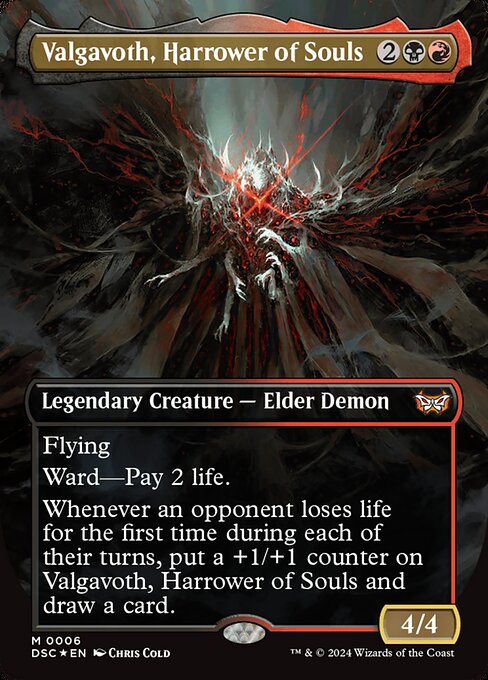
Valgavoth, Harrower of Souls
-

Felothar the Steadfast
-

Ms. Bumbleflower
-
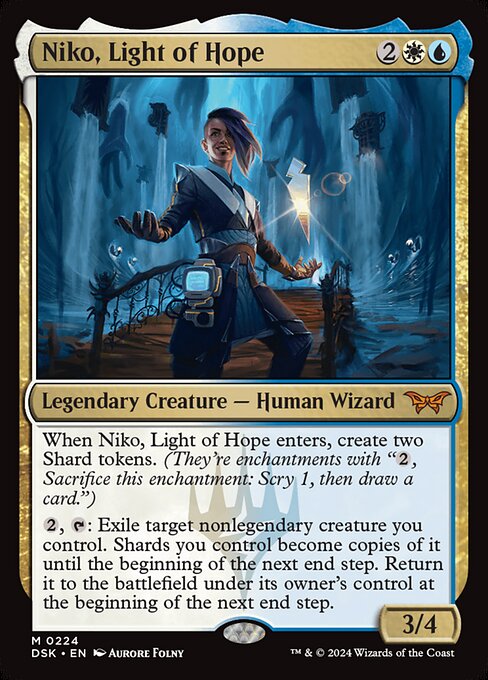
Niko, Light of Hope
-
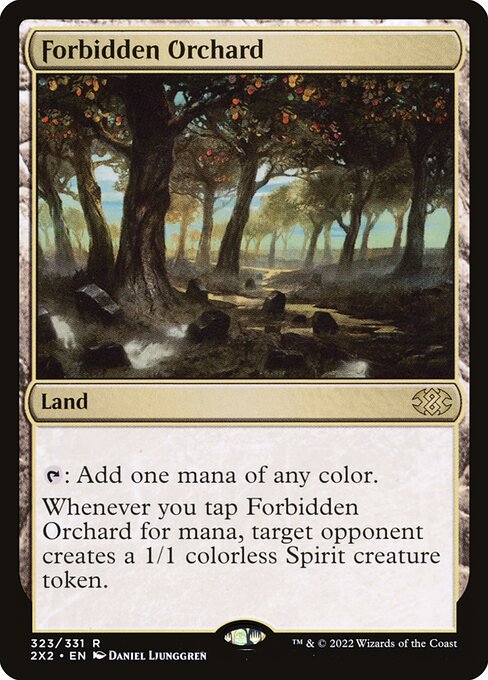
Forbidden Orchard
-
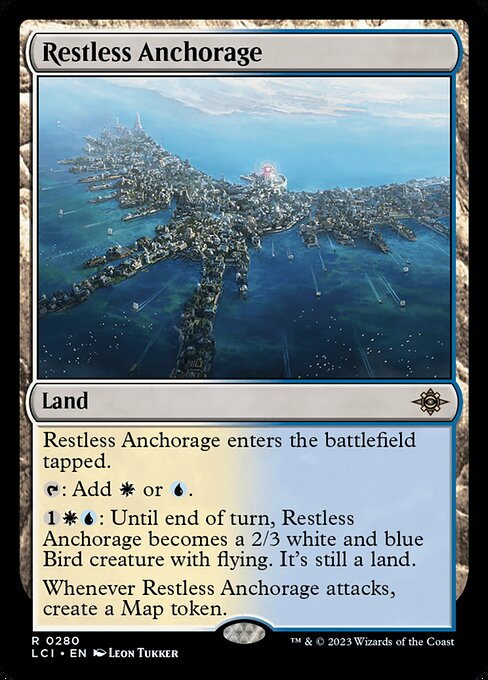
Restless Anchorage
-

Overgrown Battlement
-

Arcane Signet
-
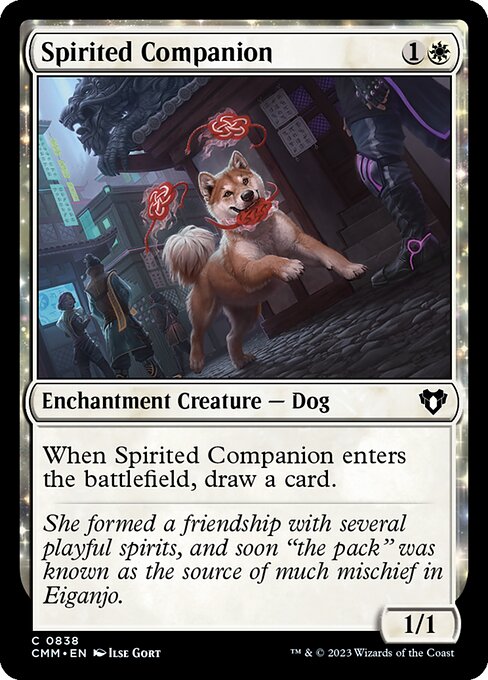
Spirited Companion
Gameplay Summary
The game started with all four players establishing their boards with mana sources and early creatures, setting the stage for a multiplayer battle with different strategies.
Eric on Valgavoth, Harrower of Souls, looked to build incremental advantage through life loss triggers and card draw.
Darien’s Felothar the Steadfast deck focused on leveraging creatures with high toughness and defenders that could attack, aiming to chip away damage while drawing cards through sacrificing creatures.
Forrest’s Ms. Bumbleflower acted as a political facilitator, drawing cards for opponents and placing counters on creatures, while relying heavily on fog effects to stall aggression.
Mike piloted Niko, Light of Hope, creating shard tokens and copying creatures temporarily to generate value and board presence. Early turns saw players deploying defensive creatures and setting up mana bases, with key cards like Forbidden Orchard and Restless Anchorage providing utility and token generation.
The dynamic of giving spirits to opponents to balance board presence was a notable interaction.
Felothar’s strategy of using defenders offensively was supported by cards like Overgrown Battlement and Hornet’s Nest, providing both mana ramp and defensive swarm.
Valgavoth began to scale up through opponents’ life loss, threatening to dominate with flying ward and incremental card draw.
Meanwhile, Ms. Bumbleflower’s supportive role and heavy fog package invited attacks to avoid letting her stall the game. The gameplay featured a mix of politics, incremental value, and tactical aggression.
Players had to carefully manage life totals and board states to keep from falling behind as Valgavoth and Felothar threatened to push damage through.
Niko’s ability to copy creatures added versatility and potential board swings.
The win conditions revolved around steady damage through large defenders and flying threats, with card advantage and board control dictating the pace.
The match showcased typical multiplayer Commander interactions including token generation, sacrifice synergies, and political maneuvering.

























![Tarkir: Dragonstorm PACK TACTICS ft. Teval, Felothar, Eshki, Zurgo [ EDH / Commander Gameplay ] thumbnail](https://i.ytimg.com/vi/hZuA4Kdlt04/sddefault.jpg)













